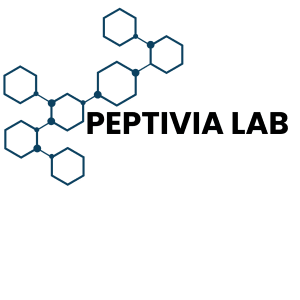What is GHK-Cu?
GHK-Cu (Glycyl-L-Histidyl-L-Lysine-Copper) is a copper peptide naturally present in the human body.
Discovered in the 1970s, it plays an essential role in tissue repair, cell regeneration and collagen stimulation.
This tripeptide binds copper, a trace element essential for numerous biological functions: wound healing, cell growth and protection against oxidative stress.
The studied benefits of GHK-Cu
🔹 Cell regeneration
GHK-Cu promotes repair of damaged tissue, improves skin texture and supports collagen production, giving a firmer, more youthful appearance.
🔹 Anti-aging effect
By stimulating cell renewal and reducing oxidative stress, GHK-Cu contributes to smoother, more radiant, younger-looking skin.
🔹 Healing support
Copper is involved in the formation of new blood vessels and the production of growth factors. GHK-Cu optimizes these mechanisms, making it a promising tool for tissue repair research.
🔹 Antioxidant protection
This peptide helps neutralize free radicals, protecting skin and cells from environmental damage.
Why is GHK-Cu attracting the attention of researchers?
Scientists are interested in GHK-Cu because of its multifunctional profile. It acts on cellular repair, protection and communication.
This triple action makes it a promising candidate for research into longevity, dermatology and skin biotechnology.
At Peptivia Lab, we offer a highly purified formulation of GHK-Cu 100 mg, intended exclusively for scientific research.
To find out more, see the full clinical study on GHK-Cu PubMed Central+2PubMed Central+2
The potential of GHK as an anti-aging peptide” – review article highlighting anti-aging, antioxidant and anti-inflammatory effects. PubMed
Why choose Peptivia Lab?
At Peptivia Lab, we are committed to offering research peptides of the highest purity, tested and certified to international quality standards.
Our commitments:
✅ Highly purified pharmaceutical quality
✅ Fast, secure shipping within Canada
✅ Professional, traceable packaging
✅ Dedicated customer service for researchers and laboratories
